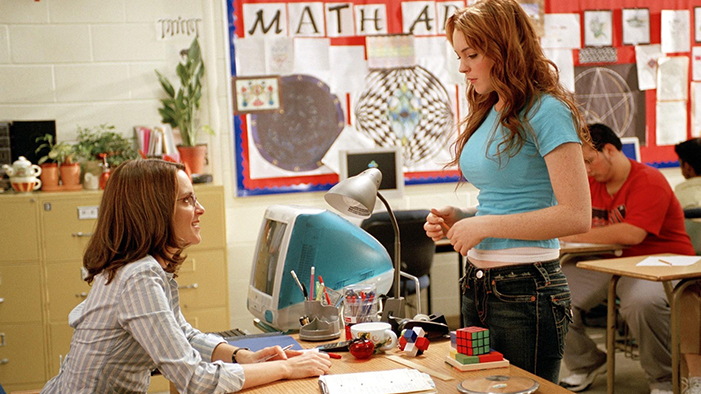A teenager living in the inner city joins a gang and sells drugs. How would the social-interactionist sociologists Edwin Sutherland, Walter Reckless, and Howard Becker explain his deviance?
Symbolic interactionists offer several perspectives on why deviance occurs. According to Edwin Sutherland’s theory of differential association, the teenager acts in a deviant manner because he learned how to from the people in his neighborhood and in his gang. His gang is a subversive subculture. Not all teenagers living in the inner city join gangs and sell drugs, however. According to Walter Reckless’s theory of control, the teenager lacks some inner or outer control that would keep from him joining the gang or selling drugs. Becker might argue that selling drugs is deviant only because society has labeled it as outside its norms.
That teenager has been arrested for selling drugs. As his defense attorney, you have decided to bring in a sociologist to explain the teenager’s behavior. Would you pick a symbolic interactionist, a structural functionalist, or a conflict theorist to defend your client? Explain your strategy.
As defense attorney, I would choose a structural functionalist sociologist. He or she would focus on society’s need for deviant behavior and its failure to provide the teenager with alternatives to criminal behavior. The witness would explain that the teenager’s behavior, like all other deviance, is a necessary evil. In order for a society to clearly be able to define its norms and boundaries, it needs individuals who act outside those norms. The witness might also cite Merton, Cloward, and Ohlin, and argue that society failed to provide this teenager with the institutionalized means to success and thus forced him to pursue illegitimate opportunity structures.
Rosa Parks’s act of deviance is noted as the launching point for the civil rights movement in the United States. What other historical acts of deviance later came to be known as heroic acts? What do these now-heroic acts suggest about the perception of deviance?
Other deviant historical acts that became known as heroic include the Boston Tea Party, the American Revolution, and the hiding of Jews during the Holocaust. The Boston Tea Party and the American Revolution brought about the creation of our country. Families who hid Jews during the Holocaust risked the wrath of the German army to save thousands of people. The changed perception of these acts supports Howard Becker’s theory of labeling. The acts were deviant at the time because they were labeled deviant. Today the acts are heroic because we label them as such.
A lower-class Latino male steals $100 from a convenience store to pay for medicine his daughter needs. He is arrested and convicted to ten years in jail. A white male steals $100 million from his investors to pay for his luxurious homes and lavish parties. He is arrested but not convicted. How would sociologists explain this discrepancy?
Sociologists would point to the conflict theory to explain this situation. The white businessperson is part of the capitalist class. He not only helps to set the norms and laws of society but also has access to its powerful people. He can afford to hire the best lawyer to defend himself. He can use his resources to thwart the government, which has more limited resources. The businessman committed a white-collar crime, which is generally more difficult to prove because of the difficulty involved in analyzing financial documents. The Latino male, on the other hand, is part of the working class. Unable to afford his daughter’s medicine, he is unlikely to be able to afford a very good lawyer.
Violent crime in the United States is down. Using what you learned in this chapter about crime, why do you think the crime rate has decreased?
Violent crime is down in the United States because the American population is aging. Young people are most likely to commit violent crime, but their numbers are declining as an overall percentage of the population. Crime also goes down as the economy improves. During the 1990s, the U.S. economy boomed. It has been less stable since then, but overall the American standard of living has improved. Since poor people are more likely to commit crime, having fewer poor people would lead to less crime.


 payment page
payment page



